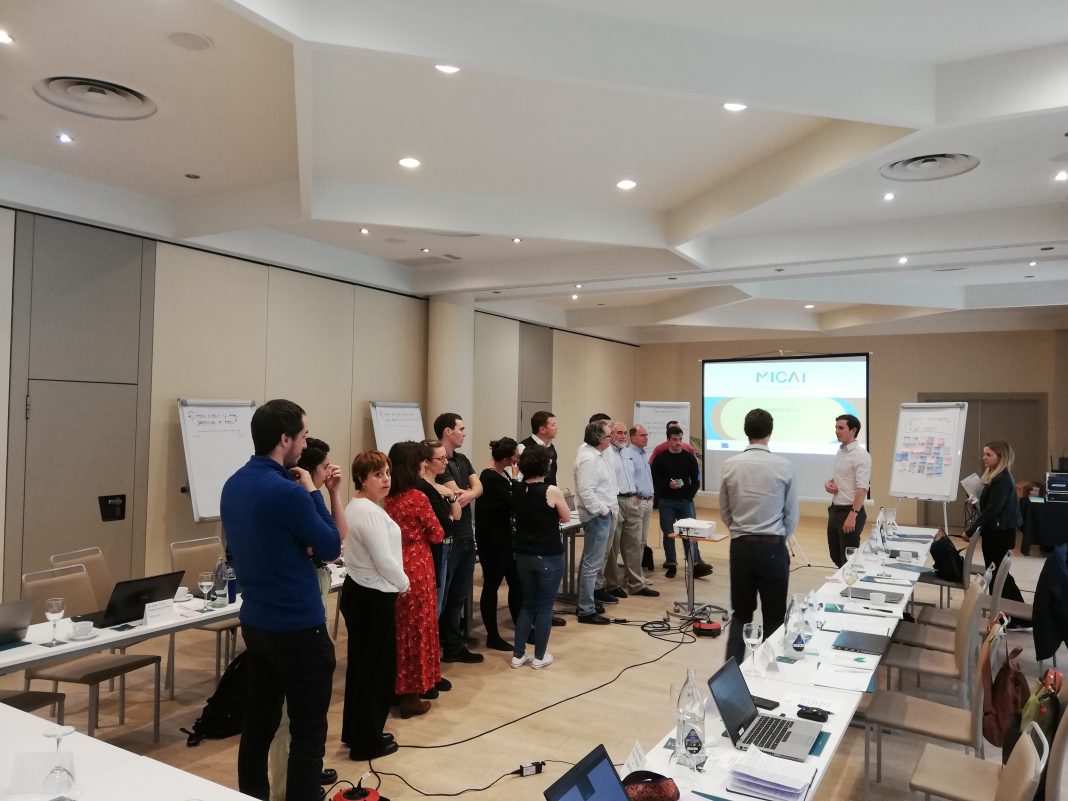Multiple impacts of energy efficiency are at everyone’s fingertips with the MICATool, Frederic Berger, Researcher at the Fraunhofer Institute for Systems and Innovation Research ISI, explains
Multiple impacts of energy efficiency
Energy efficiency measures can have positive and negative effects beyond the usual measure of energy savings. These effects are called multiple impacts of energy efficiency (also referred to as multiple benefits, co-benefits, non-energy benefits, or ancillary benefits). Multiple impacts cover a broad spectrum of sustainability’s environmental, social, and economic aspects.
Environmental impacts of energy efficiency in buildings include lower CO2 emissions, contribution to EU Renewable Energy Directive (RED) targets, and less air pollution. Some examples of social impacts are reduced energy poverty, better indoor air quality, and health improvements. Finally, critical economic impacts include, among others, enhanced energy security, higher asset values, and a rise in economic output and jobs. However, we must note that not all impacts are positive. Among other things, energy efficiency can reduce the potential for demand response, negatively impacting the expansion of renewable energy sources.
Moreover, multiple impacts can help frame the most relevant benefits of energy efficiency tangibly and appropriately to citizens. For instance, while energy efficiency is mainly seen as an approach to reduce CO2 emissions and energy costs in Germany, Poland frames many of its boiler replacement schemes to tackle its problems with air pollution.
Multiple impacts can quantify these different motivations, in the above-mentioned cases, CO2 emissions, energy cost cuts, reduction in air pollutants, and expected related health benefits. Thus, multiple impacts highlight energy efficiency itself as a versatile resource with diverse effects.
The assessment and consideration of multiple impacts has now been enshrined in EU legislation in the recast Energy Efficiency Directive (EED), which entered into force on October 10th, 2023. As a vital component of the new Energy Efficiency First Principle, it paves the way for mainstream use of the concept.
This principle levels the playing field between energy efficiency and supply-side technologies (i.e., power plants or renewables) by mandating the consideration of demand-side solutions for major energy-related projects. In resulting cost-benefit analyses, wider benefits should be considered for a holistic comparison.
The MICAT project
To enable such assessments, the EU-funded MICAT project (Multiple Impacts CAlculation Tool) has developed a free, easy-to-use, and scientifically sound online tool. The MICATool enables holistic analyses of multiple impacts of energy efficiency at European, national, and local levels to strengthen and accelerate an affordable and just sustainable energy transition.
The MICATool enables policymakers, practitioners, and evaluators to conduct simplified analyses for different data and policy scenarios to compare and assess the relevance of the multiple impacts and strengthen reporting and monitoring at the three governance levels. They can use the results to report on target progress at the EU level, for Integrated National Energy and Climate Plans (NECPs) or other reporting requirements at national levels, as well as in local reporting on energy efficiency within Sustainable Energy and Climate Action Plans (SECAPs).
To ensure the MICATool caters to the needs of its users, the project has held three rounds of workshops with officials and relevant stakeholders (at the EU level, in the three pilot
countries of Italy, Poland and Germany, and with the three pilot cities Vitoria-Gasteiz, Tartu and Calvià). As such, typically available data, relevant use cases, essential functions, intuitive tool structures, and many more aspects that were priorities for stakeholders have been considered and integrated into the MICATool to serve its users best.
The MICATool
The MICATool allows for the quantification of a myriad of indicators in physical as well as monetary values (the latter is not possible for all incorporated indicators). Furthermore,
the tool’s monetisation results can be assessed with different cost-benefit analysis indicators (i.e., net present value, cost-benefit ratio, levelised costs, marginal cost curves, etc.) with the possibility to adjust discount rates, energy prices, or investment costs as needed.
The tool uses an indicator approach and is streamlined to allow the assessment of multiple impacts with merely energy savings as input. For this to work, many default figures, past data, future projections, and other assumptions have been integrated, allowing users with little to no data to receive approximate results. Furthermore, the methodology of the MICATool is based on functional relationships, ensuring lightning-fast runtimes and results without lag.
However, to increase the results’ accuracy, default data can be replaced with user values, inter alia for investments, subsidy rates, energy mixes, monetisation factors, energy prices, and several other parameters.
In addition, extensive documentation of the tool, coding, underlying data and assumptions allows users to retrace the calculation of their results transparently. This renders the tool fit for the purpose of addressing the requirements of the EED’s Energy Efficiency First Principle.
As an open-source tool, MICATool’s source code and main database are publicly available for anyone to use. For developers to incorporate the MICATool in other software, an Application Programming Interface (API) is also provided.
Thus, the MICAT project has developed a tool to quantify and monetise multiple impacts with the MICATool, and after long anticipation, it is here to stay. In the granted follow-up project SEED MICAT (Supporting Energy Efficiency Deployments with MICAT), the tool will be maintained and enhanced, with various training sessions guiding users in case of any difficulties.
Moving forward, it will be the responsibility of the tool’s potential users to ensure that multiple impacts are considered in assessments to promote energy efficiency impacts, policies and projects and reap their (multiple) benefits.

This work is licensed under Creative Commons Attribution-NonCommercial-NoDerivatives 4.0 International.


